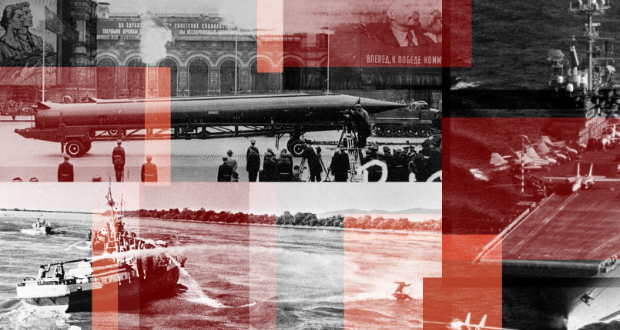The main debate in the policy world is between advocates of theories of victory that are reliant on denial and advocates of theories of victory that depend on cost imposition. Cost-imposition strategies, such as those requiring a distant blockade or a punitive air campaign, require the United States to successfully navigate what the authors refer to as the Goldilocks Challenge: specifically, identifying with high confidence a “sweet spot” of pressure points that are valuable enough to influence enemy decisionmaking but not so valuable that they cause unacceptable retaliation.
To help the U.S. Air Force evaluate the feasibility of a cost-imposition strategy and assess the associated risks of uncontrolled escalation, the authors examine the ability of past decisionmakers to identify adversary thresholds and to apply this information to control escalation during militarized crises between nuclear-armed states.
The authors analyze three historical cases of militarized crises and conflicts between nuclear-armed major powers: (1) the 1962 Cuban Missile Crisis between the United States and the Soviet Union, (2) the 1969 border conflict between China and the Soviet Union, and (3) the 1995–1996 crisis between the United States and China over Taiwan.
Key Findings
- The United States will have a limited ability to control how adversaries interpret its coercive actions. Adversaries may wrongly surmise U.S. intentions from uncoordinated, unauthorized, or unrelated policies or actions—and vice versa.
- Decisionmakers may not immediately recognize that a crisis or conflict has begun. Delays can impede the transmission of coercive signals, skew assessments of adversary resolve and valuation of targets, and limit parties' ability to avert or control escalation.




